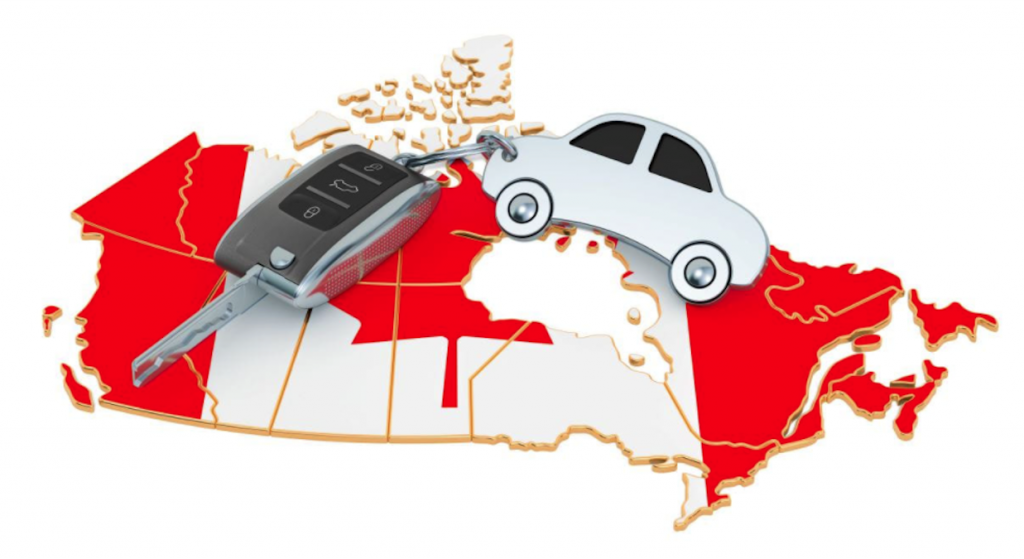You have finally reached the legal age to drive by yourself and discover the world behind the steering wheel. The driver’s license is issued by the Canadian province or territory where you live.
To have the right to drive a car, you must be at least 14 years old to get a restricted license, which requires the written consent of your parents or legal guardians, or get a full vehicle license starting from the age of 16.
Let’s find out what are the requisites you need to meet and the steps you’ll need to follow to obtain the fabulous document that will let you drive freely and legally through Canada: your driver’s license!

1. APPLYING FOR A CAR DRIVER’S LICENSE
– What are the requisites?
To apply for your driver’s license, you’ll have to:
- Prove your identity using any of the following official documents (in original and not expired):
- Valid passport
- Permanent Resident (PR) Card
- Certificate of identity proving you’re living in Canada
- Pass a vision test.
- Pay the corresponding fee.
– Where must I apply?
You must present yourself in person at a Driver Examination Centre near you.
– How much will it cost?
A Canadian driver’s license will cost you between $100 and $200. This will depend on the province or the territory where it is requested.
THE PRACTICE AND THEORY TESTS
Each Canadian province and territory have specific driving tests that you must complete to get your driver’s license.
For the driving test day, you must bring your own car, with a valid Canadian insurance card that proves your car is mechanically correct to be used on the roads. The driving test can be performed with a driving simulator or directly on the road to validate your knowledge of the highway code.
For the highway code test day, you must have learned all the rules on your province or territory’s driver’s handbook. You will be asked some road signs questions, and many different rules to respect on the road.
Once you have your driver’s license, you will be able to legally drive all over Canada. Also, consider that you’ll need to ask for an international driver’s license if you want to have the right to rent a car abroad.
– What happens if you fail your driver’s license exam?
No need to stress! You’ll be able to retake it later. Ask your local driver examination center to find out how long you must wait between test attempts.
WHAT TYPES OF LICENSES EXIST?
This depends on the kind of vehicle you wish to drive:
- Car license
- Motorcycle license
- Truck license
- Bus license
In the case of a car license, the age of the applicant is also relevant to determine its category:
- Class 7 is for beginners between the ages of 14 and 16 years old. Once you have this permit, you will have to drive one year with a fully licensed supervisor in the passenger seat before you can apply for your Class 5 license.
- Class 5 is a full vehicle license with no restrictions, which can be requested from the age of 16 years and on. It allows you to drive by yourself a car with two axles and a net weight of less than 4.5 tons.
2. APPLYING FOR A BUS DRIVER’S LICENSE
- Be at least 21 years old.
- Hold a valid car driver’s license.
- Pass a vision test.
- Submit a valid medical report.
- Successfully complete a government-approved school bus driver improvement course (also known as SBDIC).
- Pass a criminal record check.
3. APPLYING FOR A TRUCK DRIVER’S LICENSE
In this case, the province or territory where you apply will also determine some specific requirements, nevertheless, you must at least consider the following:
- Minimum age to apply is 18 years old.
- A valid car driver’s license is needed as prerequisite.
- You’ll need to pass a vision test and submit a valid medical report.
- Pass a knowledge test about operating large trucks and tractor-trailers.
- Complete a mandatory entry level training course.
You may be also interested in:





